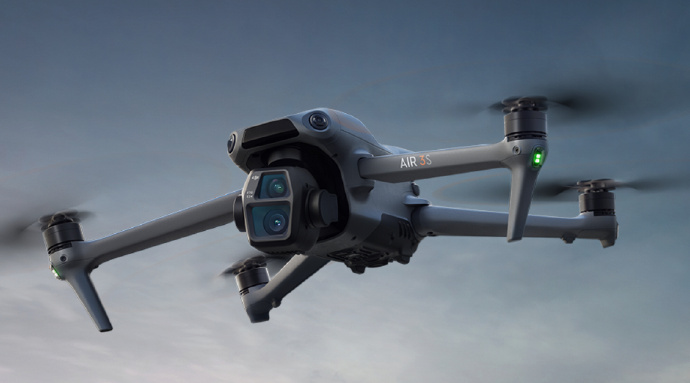In recent years, the advent of water drones has been nothing short of revolutionary, fundamentally transforming modern aquatic research methodologies. With their advanced technology and versatile applications, water drones provide researchers with unprecedented capabilities to explore and monitor aquatic environments. This innovation has opened up new possibilities in fields such as marine biology, environmental science, and oceanography.
The Rise of Water Drones
Water drones, commonly referred to as unmanned aquatic vehicles, have gained popularity due to their ability to navigate challenging environments that traditional research vessels often struggle with. Equipped with sensors and cameras, these drones can collect detailed data from both surface and underwater areas. Researchers benefit greatly from these precise data, which are essential for understanding marine ecosystems, tracking marine life, and studying hydrodynamic patterns.
Applications of Water Drones in Aquatic Research
- Marine Life Monitoring: Drones furnish researchers with real-time footage of marine organisms, enabling detailed behavioral studies without disrupting their natural habitats. This non-intrusive observation technique is crucial for studying endangered species and assessing ecosystem health.
- Environmental Assessment: Equipped with sophisticated sensors, water drones can measure water temperature, salinity, pH levels, and pollutant concentrations. Such data is vital for evaluating the environmental impact of human activities and informing conservation strategies.
- Mapping and Surveying: The ability of drones to capture high-resolution images allows for precise mapping of seabeds and shoreline topography. This is invaluable for projects involving archaeological exploration, coastal development, and resource management.

Technological Advances Driving Water Drones
Technological innovations such as GPS, sonar, and advanced imaging have enhanced the capabilities of water drones. Modern models feature autonomous navigation, enabling them to execute complex missions with minimal human intervention. This efficiency reduces research costs and allows for extended missions over remote locations.
Challenges and Limitations
Despite their advantages, water drones face challenges such as battery limitations and environmental impact. Battery life affects operational time, necessitating frequent recharging or replacement during prolonged missions. Additionally, the impact of drone presence on marine environments requires careful consideration to ensure minimal disruption.
If we consider the logistics of deploying water drones, factors such as regulatory framework and operational safety come into play. Researchers must comply with maritime regulations and navigate technical difficulties, such as weather conditions and ocean currents, that could interfere with drone deployment and navigation.
Frequently Asked Questions
- How do water drones contribute to marine conservation?
- By providing detailed environmental data and monitoring ecosystems without interference, water drones play a pivotal role in conservation efforts, enabling proactive measures to protect marine biodiversity.
- Can water drones operate in extreme weather conditions?
- While advanced models can withstand harsh weather, extreme conditions may limit their functionality. Researchers may need to employ backup strategies and monitor weather forecasts to ensure successful operations.
- What precautions are necessary when using water drones?
- It’s crucial to adhere to regulations, assess environmental impact, and ensure safe handling. Pre-mission planning, including risk assessment and contingency plans, is vital for effective deployment.
The integration of water drone technology in aquatic research embodies a significant leap forward in our ability to study and preserve marine environments. As technology continues to advance, the potential for water drones to offer novel insights and applications remains boundless.